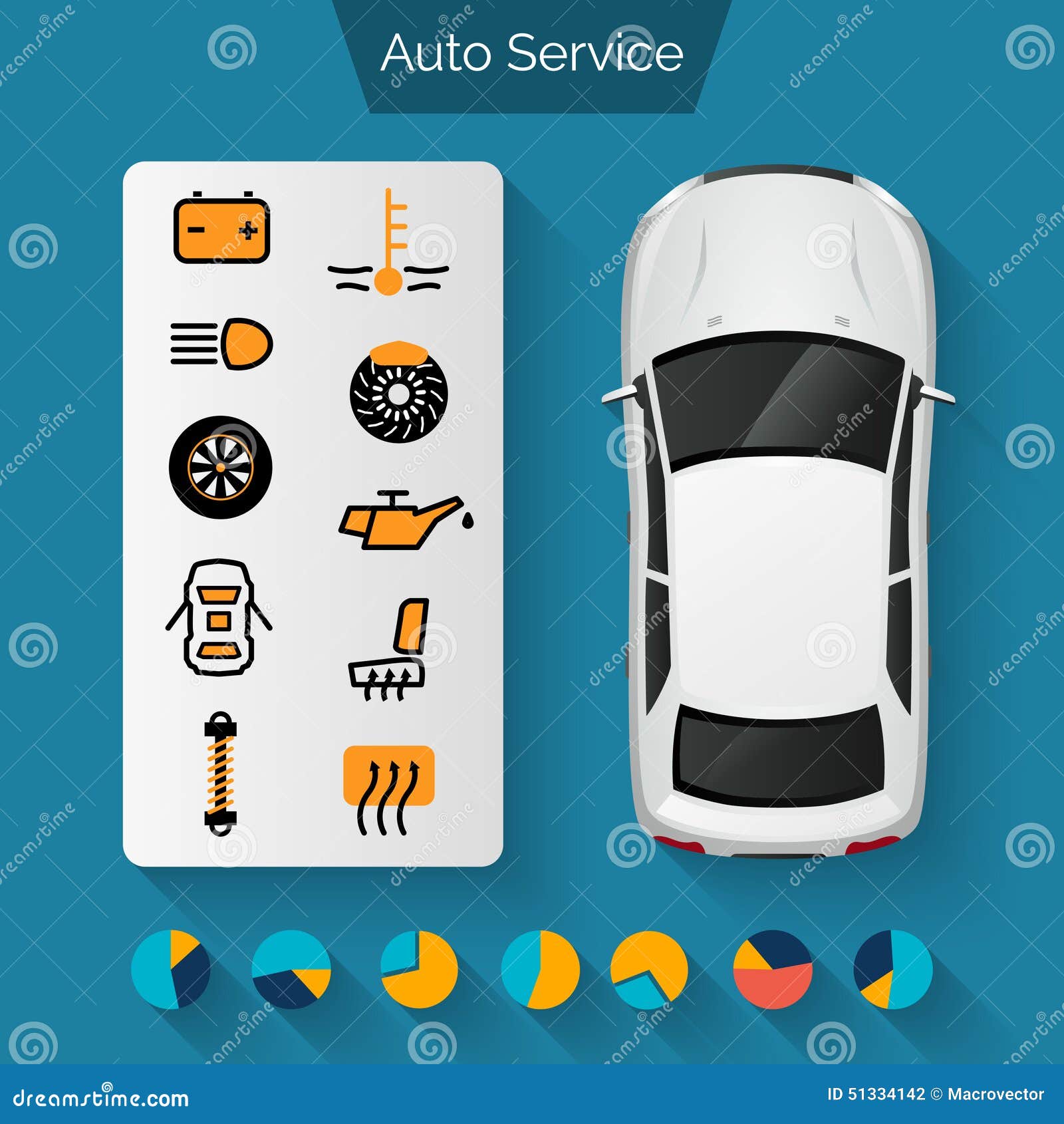Comprehending Your Auto'S Warning Lighting: What Do They Really Mean?
Comprehending Your Auto'S Warning Lighting: What Do They Really Mean?
Blog Article
Material Writer-Hartley Winters
When you lag the wheel, those radiant caution lights on your dashboard can be a little bit perplexing. Do you understand what they're trying to tell you regarding your automobile's health? Recognizing the value of these lights is essential for your safety and security and the long life of your vehicle. So, the following time among those lights appears, would not you intend to decode its message precisely and take the essential steps to address it?
Common Warning Lighting and Interpretations
Recognize common caution lights in your vehicle and recognize their meanings to make sure risk-free driving.
motorcycle wash near me consist of the check engine light, which signals problems with the engine or exhausts system. If this light begins, it's crucial to have your car examined promptly.
The oil stress warning light shows low oil stress, calling for prompt interest to prevent engine damages.
A flashing battery light might suggest a malfunctioning billing system, potentially leaving you stranded otherwise resolved.
The tire stress tracking system (TPMS) light signals you to reduced tire pressure, affecting automobile stability and gas performance. Ignoring this might result in risky driving problems.
The abdominal muscle light shows an issue with the anti-lock braking system, compromising your ability to stop promptly in emergencies.
Last but not least, the coolant temperature warning light warns of engine getting too hot, which can result in extreme damages if not solved swiftly.
Comprehending these common caution lights will certainly help you attend to concerns immediately and preserve secure driving conditions.
Importance of Prompt Interest
Recognizing the typical warning lights in your auto is just the primary step; the importance of without delay resolving these cautions can not be stressed sufficient to guarantee your safety and security when driving.
When a warning light brightens on your dashboard, it's your car's method of communicating a potential issue that requires attention. Neglecting these warnings can result in more severe troubles in the future, endangering your safety and potentially costing you a lot more in repairs.
Prompt attention to advising lights can prevent breakdowns and crashes. As an example, a flashing check engine light can show a misfire that, if left ignored, can cause damages to the catalytic converter. Resolving this quickly can save you from a costly fixing.
Similarly, a brake system cautioning light may signify low brake fluid or used brake pads, critical elements for your safety when driving.
DIY Troubleshooting Tips
If you discover a caution light on your control panel, there are a couple of do it yourself fixing ideas you can try prior to seeking professional assistance.
The very first step is to consult your cars and truck's handbook to comprehend what the specific warning light suggests. Occasionally find more information can be as straightforward as a loose gas cap setting off the check engine light. Tightening up the gas cap may fix the trouble.
Another usual concern is a low battery, which can cause various cautioning lights. Checking the battery connections for deterioration and ensuring they're safe and secure might take care of the issue.
If a caution light persists, you can try resetting it by separating the vehicle's battery for a couple of minutes and after that reconnecting it. Additionally, checking engine steam cleaning , such as oil, coolant, and brake fluid, can help troubleshoot cautioning lights related to these systems.
Verdict
To conclude, recognizing your vehicle's caution lights is vital for keeping your vehicle running smoothly and securely. By promptly attending to these signals and knowing what they imply, you can stay clear of pricey repairs and potential failures.
Keep in mind to consult your auto's guidebook for specific details on each alerting light and do something about it accordingly to make sure a trouble-free driving experience.
Stay notified, stay risk-free when driving!
